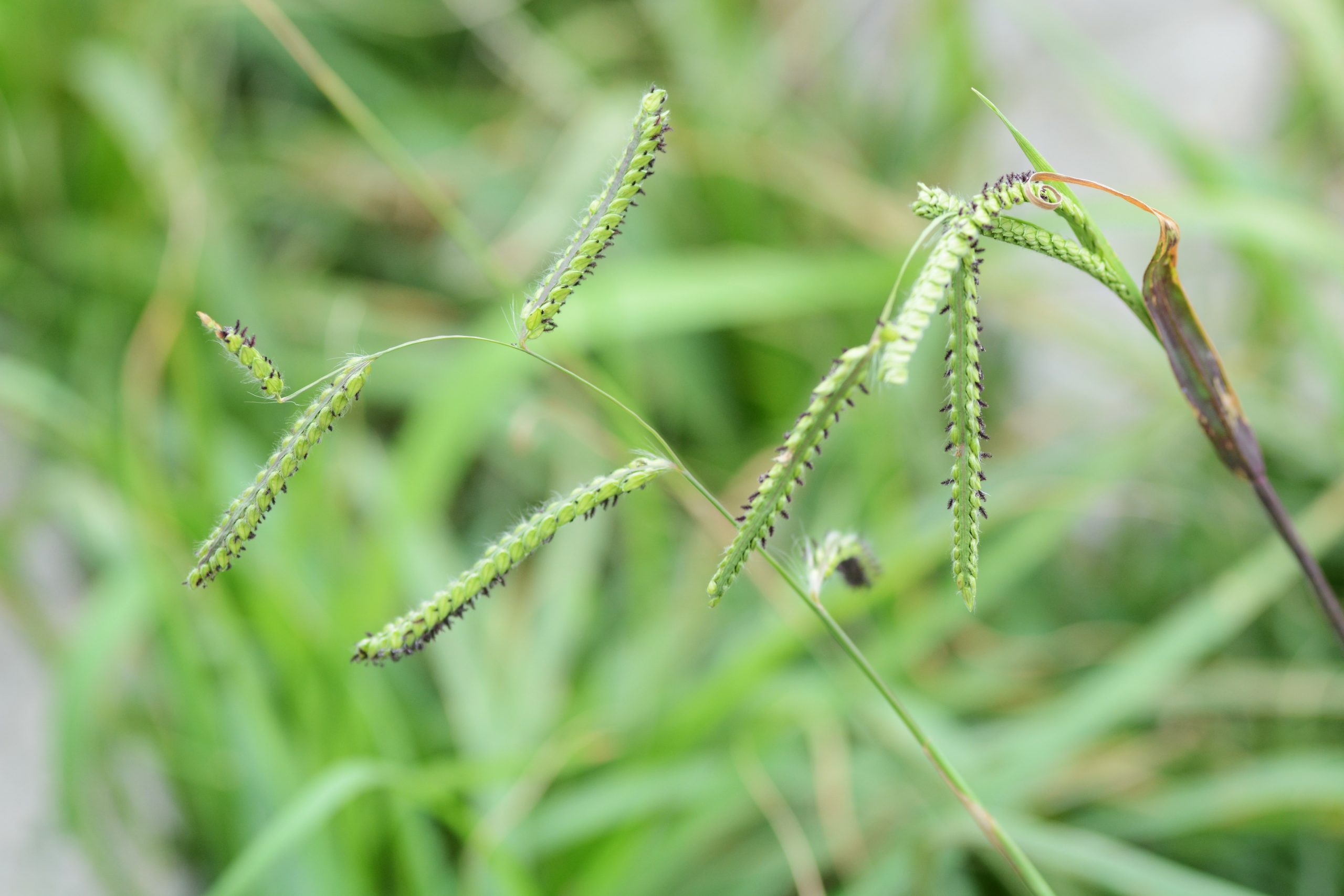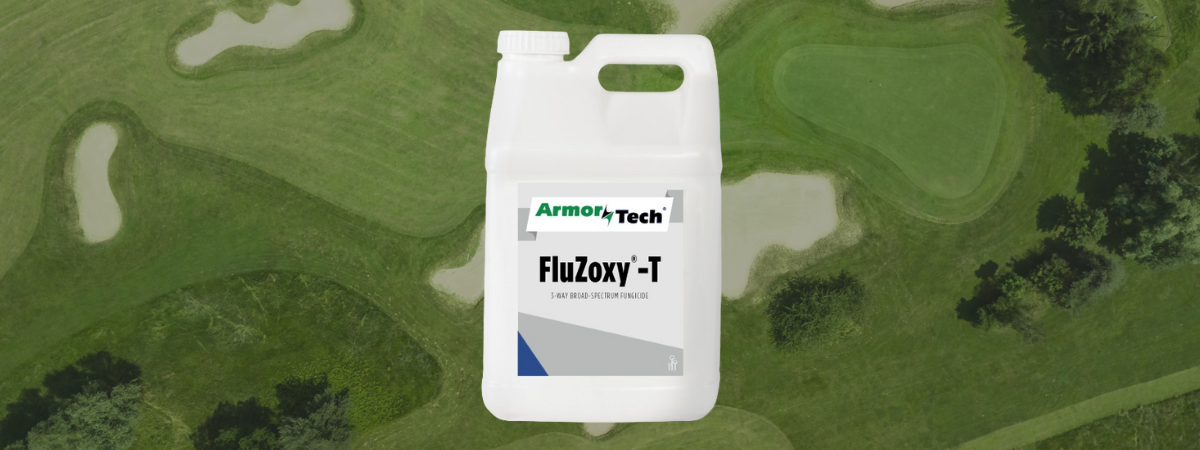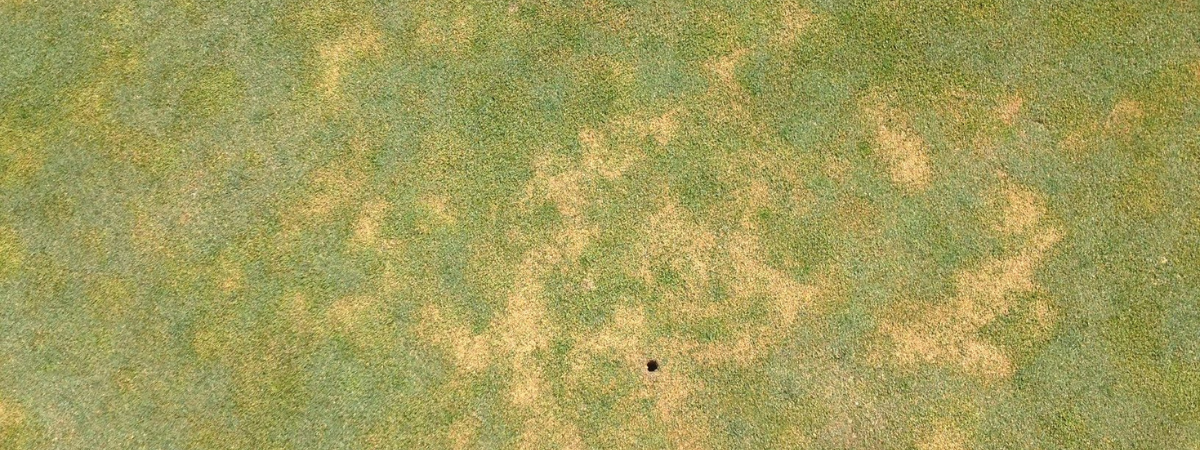Hailing from South America, dallisgrass has become a challenge for both superintendents and golfers. It was brought to the United States in the 1800s and has since invaded the South into the transition zone. Its name is a nod to A.T. Dallis, who advocated importing the plant before it became such a nuisance.
Dallisgrass is a perennial grassy weed that’s notoriously difficult to control. Its short, thick rhizomes help it spread quickly on golf courses. And its rapid growth sends it towering over desirable turf, making for difficult play on top of the unsightly weeds.
Sometimes mistaken for crabgrass, dallisgrass has coarse blades that grow in bunches. The plant grows tall and upright, whereas crabgrass grows closer to the ground. Dallisgrass also has distinct seedheads, which have individual stems and are larger and darker than crabgrass seedheads.
Dallisgrass control is complicated. As always, physically pulling the weeds is an option — but not a very effective or realistic one. Because the weed is perennial, pre-emergent herbicides aren’t a helpful control, either. That leaves post-emergent herbicides as the best solution to this challenging problem.
A selective herbicide is ideal for post-emergent treatment in the fall, which is the best time to treat dallisgrass. MSMA 6 Plus is a liquid herbicide and surfactant combination, which helps increase its effectiveness. A nonselective herbicide is also an option to treat dallisgrass, but of course, it involves repair to reestablish the treated area.
Because dallisgrass is such a tough perennial, it may take more than one year to get rid of it. But the perseverance will pay off with a beautiful, playable golf course for years to come.












